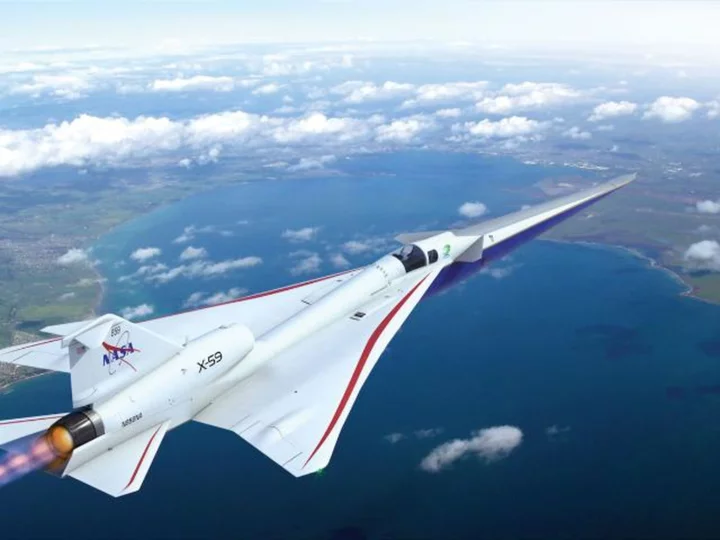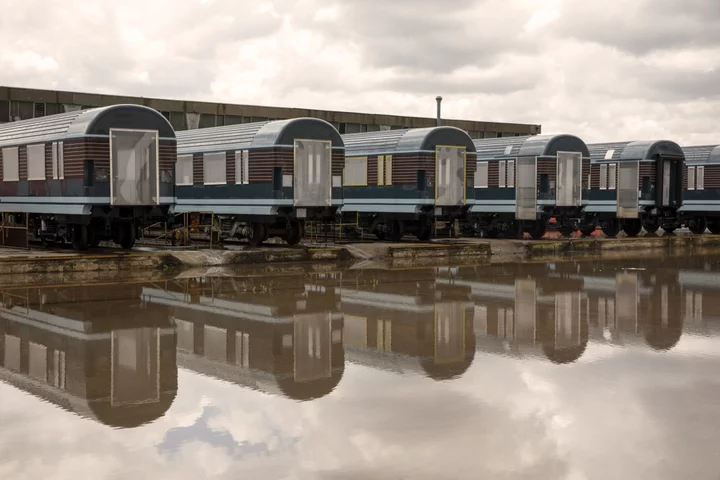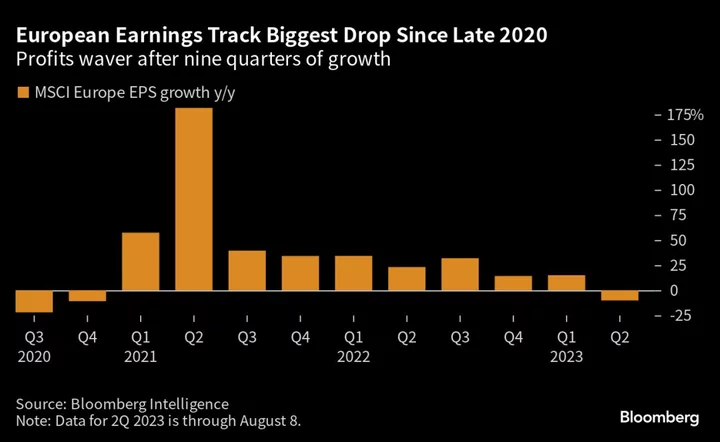Oh for the glory days of travel, when the seats were bigger, the food was better, and you could jet across the Atlantic in less than three hours.
Since the 2003 end of Concorde, of course, flitting quickly across the Atlantic has been a thing of the past. Flights between London and New York take around eight hours, or closer to seven in the other direction. The record currently stands at just under five hours from New York to London, pushed on by a favorable jetstream.
But now, the thought of supersonic travel has been mooted again -- by none other than NASA, which reckons that New York-London flight could take as little as 90 minutes in the future.
The space agency has confirmed in a blog post about its "high-speed strategy" that it has recently studied whether commercial flights at up to Mach 4 -- over 3,000 miles per hour -- could take off in the future.
The study by NASA's Glenn Research Center suggested that there are already "potential passenger markets... in about 50 established routes." These routes were confined to transoceanic ones, including over the North Atlantic and the Pacific, because nations including the US ban overland supersonic flight.
However, NASA is developing "quiet" supersonic aircraft, called X-59s, as part of its Quesst mission. The agency hopes that the new aircraft could eventually prompt modification of these rules, with aircraft flying between Mach 2 and Mach 4 (1,535 - 3,045 miles per hour). Concorde's maximum speed was Mach 2.04, or 1,354 miles per hour. A jet traveling at Mach 4 could potentially make a transatlantic crossing in as little as 90 minutes.
Following the studies, NASA's Advanced Air Vehicles Program (AAV) will now move to its next research phase for high speed travel, contracting companies to develop designs and "explore air travel possibilities, outline risks and challenges, and identify needed technologies to make Mach 2-plus travel a reality," the agency said. There will be two teams working on the research: one headed by Boeing, the other by Northrop Grumman Aeronautics Systems. Each will come up with designs for aircraft capable of sustaining high-supersonic speeds.
A fast-moving future
Similar studies to the ones done now, which were carried out a decade ago, shaped the development of the X-59 aircraft, according to Lori Ozoroski, project manager for NASA's Commercial Supersonic Technology Project. In the same way, she added, the new studies will "refresh those looks at technology roadmaps and identify additional research needs for a broader high-speed range."
The next phase will also consider "safety, efficiency, economic and societal considerations," said Mary Jo Long-Davis, manager of NASA's Hypersonic Technology Project, adding that "It's important to innovate responsibly."
In July, Lockheed Martin completed the build of NASA's X-59 test aircraft, which is designed to turn sonic booms into mere thumps, in the hope of making overland supersonic flight a possibility. Ground tests and a first test flight are planned for later in the year. NASA aims to have enough data to hand over to US regulators in 2027.









